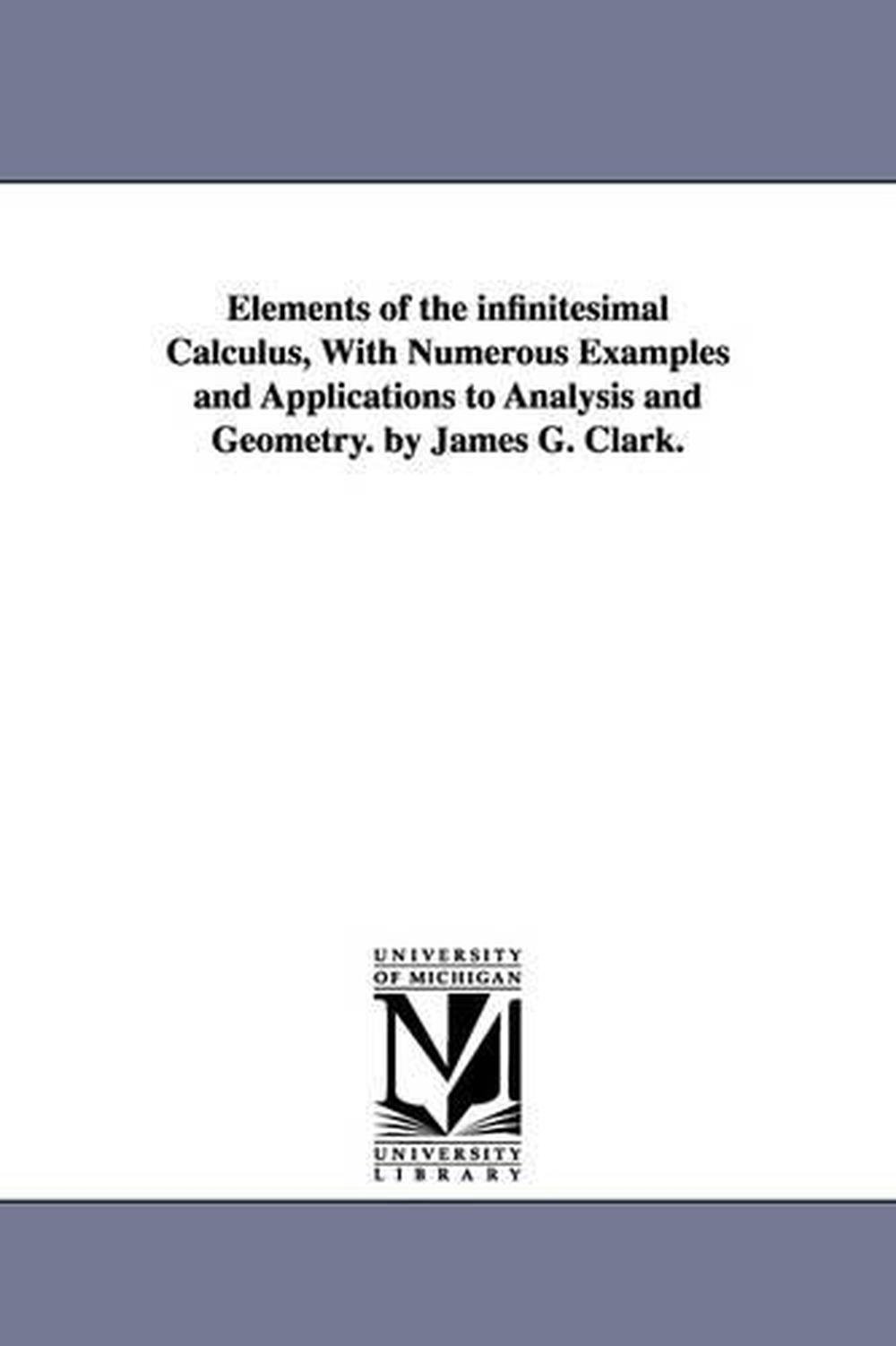

Stedall is a Junior Research Fellow at Queen's University. It is this sense of watching new and significant ideas force their way slowly and sometimes painfully into existence that makes the Arithmetica Infinitorum such a relevant text even now for students and historians of mathematics alike. Newton was to take up Wallis’s work and transform it into mathematics that has become part of the mainstream, but in Wallis’s text we see what we think of as modern mathematics still struggling to emerge. To the modern reader, the Arithmetica Infinitorum reveals much that is of historical and mathematical interest, not least the mid seventeenth-century tension between classical geometry on the one hand, and arithmetic and algebra on the other.

He handled them in his own way, and the resulting method of quadrature, based on the summation of indivisible or infinitesimal quantities, was a crucial step towards the development of a fully fledged integral calculus some ten years later.

In both books, Wallis drew on ideas originally developed in France, Italy, and the Netherlands: analytic geometry and the method of indivisibles. He was then a relative newcomer to mathematics, and largely self-taught, but in his first few years at Oxford he produced his two most significant works: De sectionibus conicis and Arithmetica infinitorum. Summary: John Wallis was appointed Savilian Professor of Geometry at Oxford University in 1649. In which he makes it known what he thought of that method - The Arithmetic of Infinitesimals or a New Method of Inquiring into the Quadrature of Curves, and other more difficult mathematical problems. Sources and Studies in the History of Mathematics and Physical SciencesĬontents: To the most Distinguished and Worthy gentleman and most Skilled Mathematician, Dr William Oughtred, Rector of the church of Aldbury in the Country of Surrey - To the Most Respected Gentleman Doctor William Oughtred, most widely famed amongst mathematicians, by John Wallis, Savilian Professor of Geometry at Oxford - Doctor William Oughtred: A Response to the preceding letter (after the book went to press).Newton read it during the winter of 1664-65 and by building on Wallis’s techniques made his first major mathematical discovery - the general binomial theorem. However, it had a profound impact on the young Isaac Newton. Its early reception was mixed although praised by William Oughtred it was heavily criticised by other mathematicians, such as Christiaan Huygens and Pierre de Fermat. Although Wallis was largely self-taught, having received no formal training in mathematics either at school or at university, he was appointed Savilian Professor of Geometry at Oxford in 1649.įirst published in 1655, Arithmetica infinitorum ( The arithmetic of infinitesimals), is arguably his most important work and marked an important step towards the development of calculus. Oxoniæ: E Theatro Sheldoniano, 1695 John Wallis (1616-1703), a founder member of the Royal Society, was the foremost English mathematician of his time after Newton. Portrait of John Wallis, from: Opera mathematica.


 0 kommentar(er)
0 kommentar(er)
